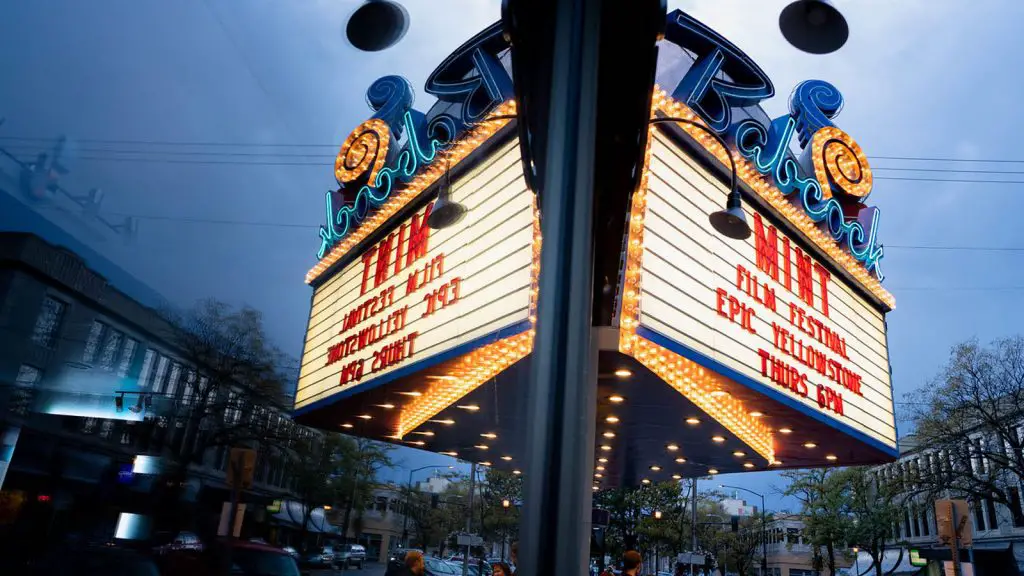
It’s entirely possible that “The Lucky Girl” would be a much more satisfying experience if the beginning weren’t so great: for nearly a full minute, there is only a white screen, the opening titles slowly creeping their way across, as we hear children playing in the distance. This fades into a man (Madden Page) and his assistant (Gina Rossi) arguing. Over what? We do not yet know. Who are they? What do they do? We do not yet know.
It’s extremely mysterious and compelling, and it gets even more so as the assistant brings the man’s attention to Lucky (Tiffany Auman) a five-year-old girl who has come to learn her history from the man’s giant black leather book. He begs her not to look into a past that will only cause her agony, but she simply stares back, unspeaking, with her thumb in her mouth and her sleepy eyes fixing him intently.
At this point, “The Lucky Girl” owned me, body and soul. But then the man begins to tell a story, of a drugged-out young woman named Jane (Deirdre Wallace), her layabout boyfriend Raif (Ringo Gene Hayden) and their assorted hangers-on, and the film becomes a little bit more predictable and quite a bit less mysterious.
As it turns out, the film is only tangentially about Lucky or the man telling her story (although both appear frequently in brief inserts, to make sure we don’t forget that they exist), and much more of a study of grotesques living life on the fringe. Raif gets tangled up in the schemes of a horribly traumatized video enthusiast named Brice (Chad Stansbury), who dreams up elaborate stunts that the crew from “Jackass” would reject as unfunny juvenilia, tricking Raif into starring in a series of increasingly banal shock videos. Just when he’s ready to get out, Jane learns that she’s pregnant, and they start flailing around for the money for an abortion. It’s absurd without being funny, and the characters are shrill cartoons, at best.
There’s a lot of sidetracking and parenthesis throughout “The Lucky Girl,” and some of it is fairly amusing; but most of it is just rambling, and overly concerned with the travails of unlovable characters. To be perfectly fair, it’s hard to tell how much of that is the fault of Chris Thorndyke (who wrote, directed, produced and edited), and how much should be blamed on the uneven cast. Certainly the most likable characters are the best-performed, not the most morally appealing: Page, Stansbury and Melinda Womack as a h***y middle-aged gym rat, especially. The particularly alienating characters, by which I really mean, “the main character, Raif,” are marked by conspicuously weak acting (in Hayden’s case, a strange insistence on a laugh that sounds like a gasp for breath between every damn sentence).
Certainly Thorndyke is not bad at all as a director, whatever the problems of his writing. There a plenty of beautifully mounted shots in this film, such as the very first, an aerial pan across a row of beds. One could never doubt that the film was made on the cheap, but “The Lucky Girl” is fairly rich in visuals despite that.
Thorndyke’s command of pacing is another matter, unfortunately, and by the time the story sputters to a close it has racked up at least a half-dozen completely needless scenes, and enough space between the really diverting moments that we’ve had ample time to guess at the predictable ending, although by the time it arrives, it still manages to make no sense whatsoever, perhaps because the film has long since abandoned it’s main plot. Frankly, I’m not sure that the film knows what it’s about: a character study, a spiritual fable, a white trash farce; and that schizophrenia makes it a bit of a chore to watch.
